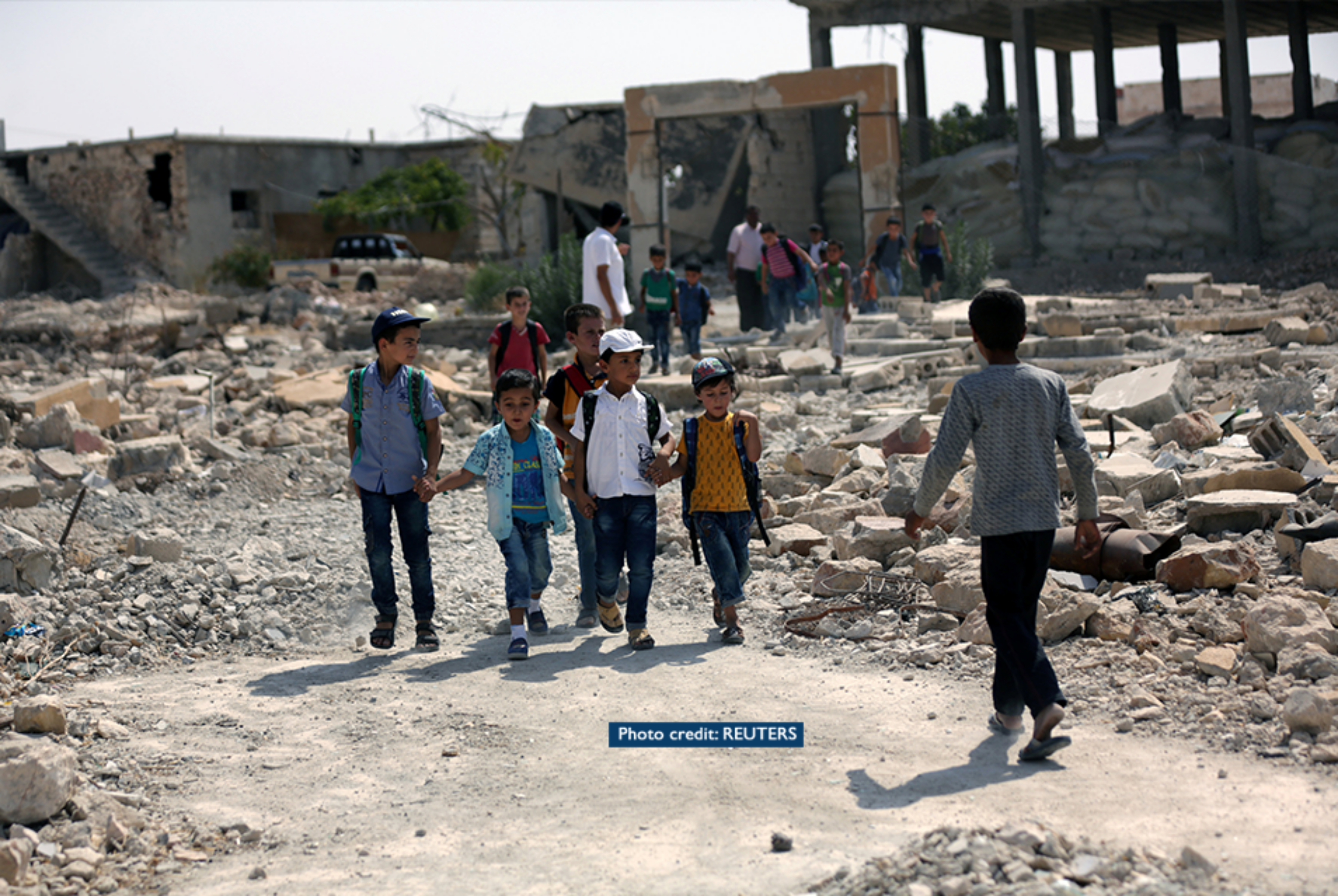The Horror in Syria Continues

In October, a Refugees International (RI) colleague and I traveled to Turkey to revisit the issue of work permits and livelihood access for the 3.5 million refugees now living there – 3.2 million of whom are Syrians. As in previous missions, we interviewed Syrian refugees who had recently fled their war-torn homeland. And just as in years past, these refugees told us stories of the continuing horror in Syria. Their stories still shock me.
Just like their predecessors, this latest wave of Syrian refugees arriving in Turkey has fled atrocious acts of violence in the ongoing Syrian war. While international focus shifts to new conflicts and new crises around the world, we must remind ourselves that Syrian men, women, and children remain under dire threat as the war enters its seventh year. Just last week an airstrike in a town near Aleppo reportedly killed more than 50 people, including children. Syrian civilians continue to flee in desperation, leaving everything behind for an unknown future.
The horror that is Syria is still unfolding. The humanitarian and human consequences still reverberate inside Syria and beyond.
I spoke with one Syrian refugee who was a teacher for five years before she came to Turkey. She described looking around her classroom as her students froze in place. She said she didn’t hear anything, but the children knew. They heard the helicopters approaching and were “shaking in fear.” The same areas are hit again and again in Syria, she said. She worried for the future of her former students, growing up in that kind of environment and wondering if they had a future at all.
Imagine that being part of your daily existence, keeping your ears open for approaching helicopters and bombs while you are at school.
A Syrian man told us that “bombings were happening every day” when he left Syria. His own home had been partially burned and some of the structure itself stolen. And then he showed me a picture of a little girl that had just been killed in a mortar attack. He knew members of her family. Many parents in Syria are not sending their children to school, he said, because schools were being targeted with airstrikes. Civilians are targets, he said, and Syrians in Turkey worry what will happen to them if they return. He didn’t want to go to Europe even though he had a brother there. “I am sixty. What can I do? I want to go home.”
Syrian refugees in Turkey are under enormous strain to support themselves with limited resources while facing an additional struggle to regularly send money to their family members back in Syria. The excessive burden of these worries takes both an emotional and psychological toll.
The war and its terrible impact on the Syrian people continue unabated, with 13.5 million people still inside Syria in desperate need of humanitarian assistance. Since the start of the conflict in 2011, 5.3 million Syrians have fled the country, at a time when the protracted nature of this conflict and the overly stretched humanitarian funding environment is dangerously close to a breaking point.
The horror that is Syria is still unfolding. The humanitarian and human consequences still reverberate inside Syria and beyond.
Top photo: Pupils walk on debris in al-Saflaniyeh in eastern Aleppo’s countryside, Syria September 17, 2017. REUTERS/Khalil Ashawi